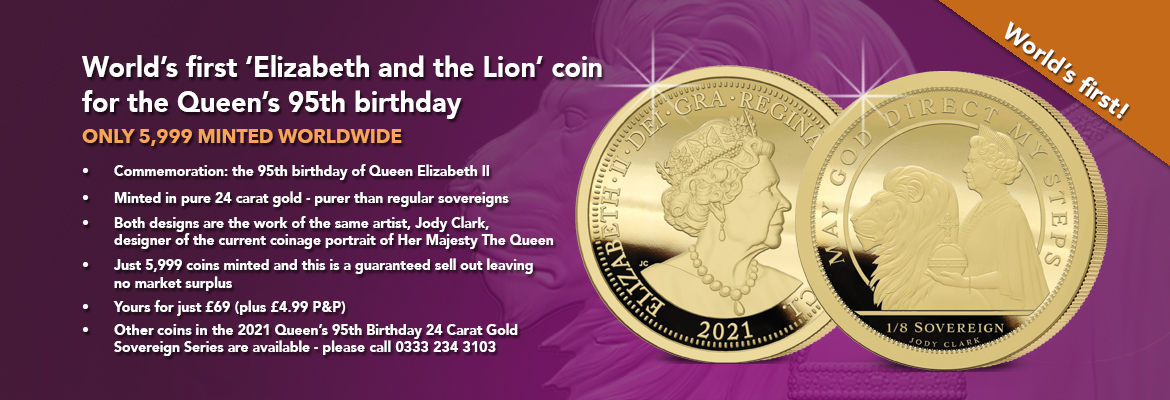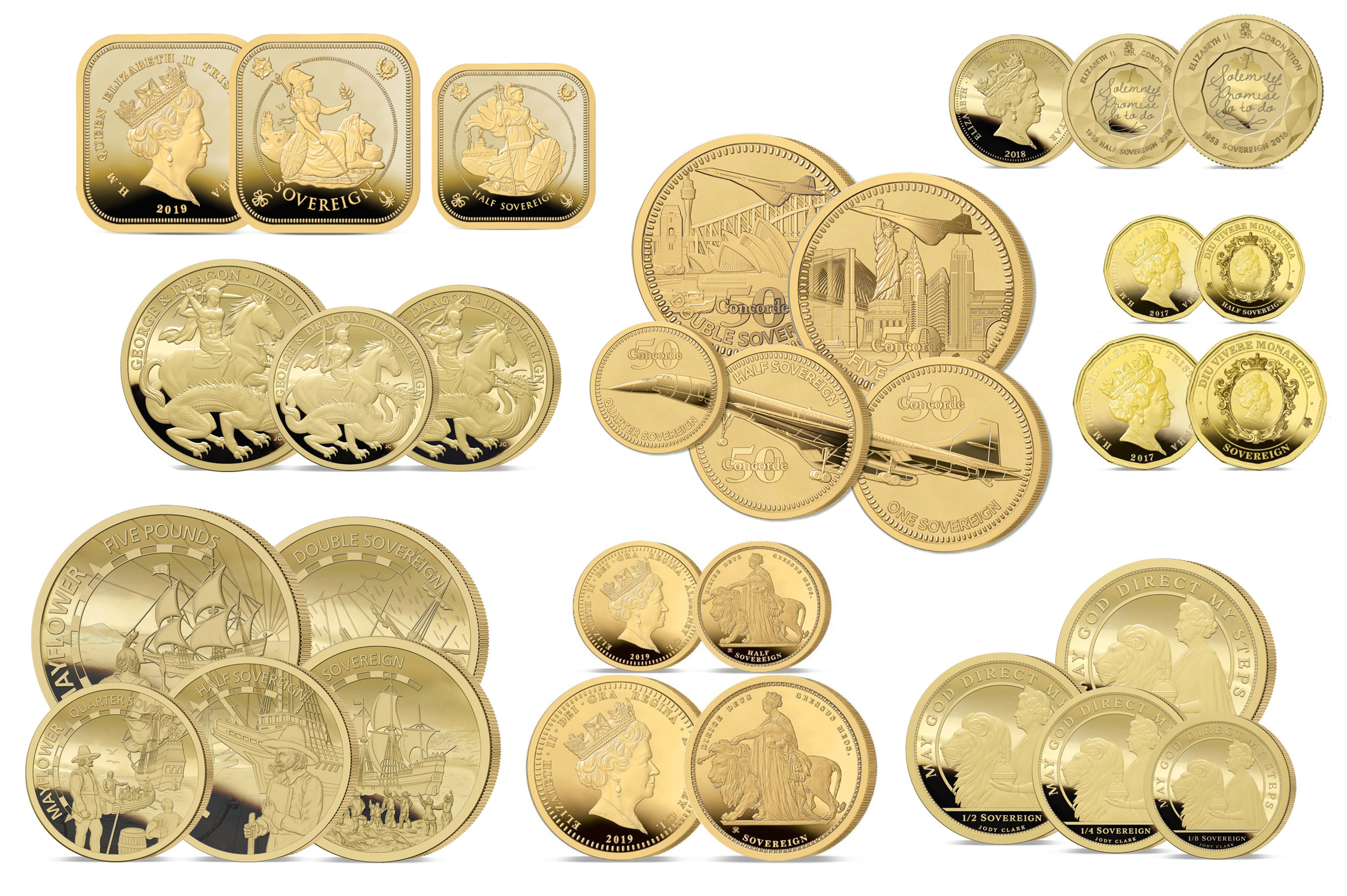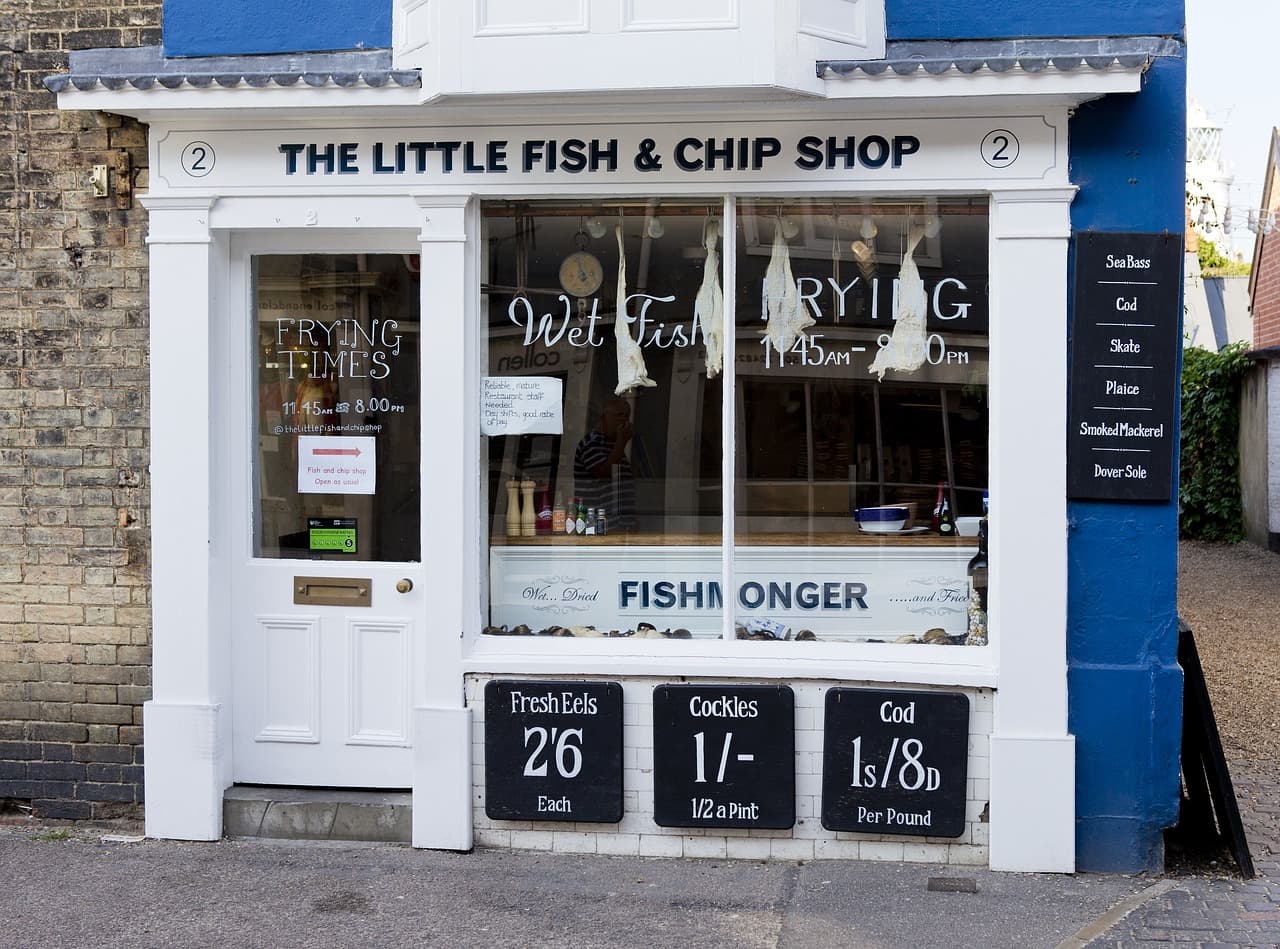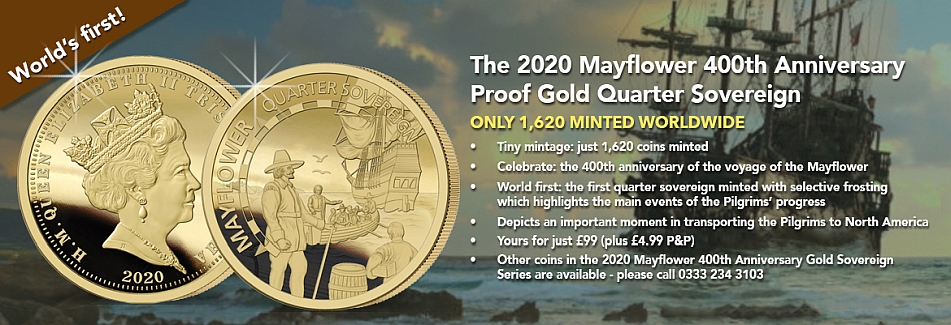 Her Majesty Queen Elizabeth II celebrates her 95th birthday this year on April 21st, making her Britain’s oldest reigning monarch. This, together with what has been an incredible 69-year reign so far, makes her quite a remarkable presence and one that Britain will rejoice and celebrate in April this year.
Her Majesty Queen Elizabeth II celebrates her 95th birthday this year on April 21st, making her Britain’s oldest reigning monarch. This, together with what has been an incredible 69-year reign so far, makes her quite a remarkable presence and one that Britain will rejoice and celebrate in April this year.
In 1947, Queen Elizabeth II married Prince Philip, Duke of Edinburgh, and the couple has four children: Charles, Prince of Wales; Anne, Princess Royal; Prince Andrew, Duke of York; and Prince Edward, Earl of Wessex. In 1953, Elizabeth was crowned and officially recognized as sovereign. Since then, the Queen has served in her role as the Queen of England, and in 2018, she became the first British monarch to reach a Sapphire Jubilee—a celebration to mark 65 years of her reign.







